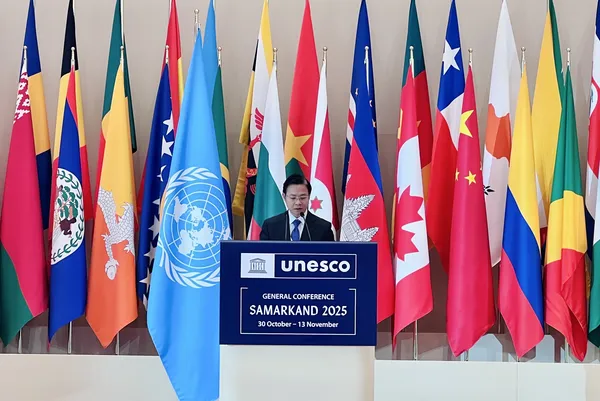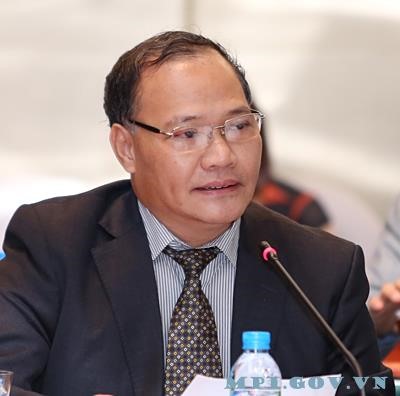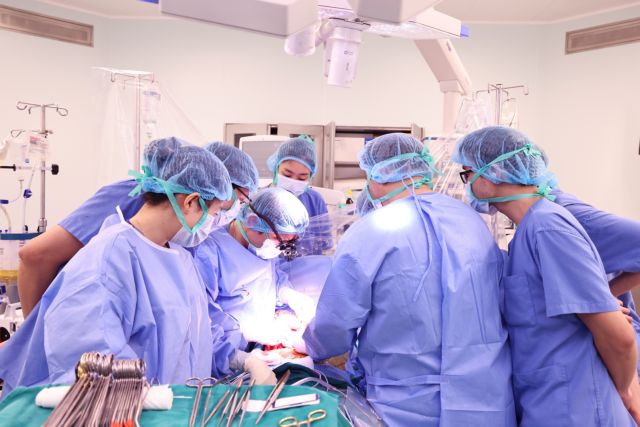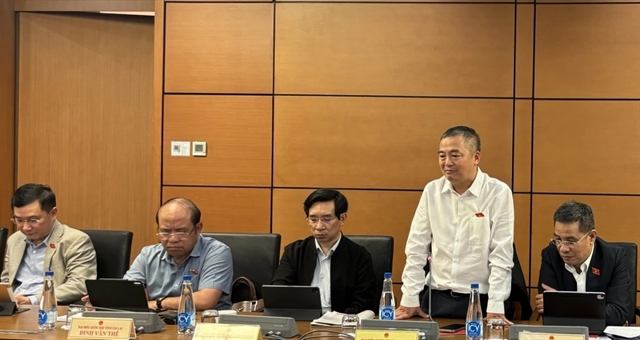 Opinion
Opinion

Hoàng Văn Thắng, Deputy Minister of Agriculture and Rural Development, speaks about the latest flood control work along the Bùi River in Hà Nội’s outlying district of Chương Mỹ.
 |
| Hoàng Văn Thắng |
Hoàng Văn Thắng, Deputy Minister of Agriculture and Rural Development, speaks about the latest flood control work along the Bùi River in Hà Nội’s outlying district of Chương Mỹ.
What’s your assessment of the negative impacts of the heavy rains that hit Hà Nội’s outlying district of Chương Mỹ in the last few days?
Following the third tropical storm to hit the country this year on July 17 in the central provinces of Thanh Hóa and Nghệ An, many northern provinces were inundated by heavy rains. As a result, some sections of the dyke system were close to breaching.
Some people have complained that heavy sediment has seriously impacted the river’s flow. At present, water from the Bùi River runs into the Tích River and then to the Đáy River, and drainage from other rivers depends very much on the Đáy River. In addition, the Đáy River is also a catchment zone for the Hoàng Long River.
On Tuesday, a large volume of water ran down to the Đáy River from the Hồ Chí Minh Highway and rivers in Ninh Bình. Though the Đáy River is connected with the Red River, the water flow was very weak.
As we all know, Việt Nam is crisscrossed with rivers, but in recent years mushrooming infrastructure projects have encroached upon many rivers and blocked the water flow. This is an issue that we need to look at carefully.
High water levels in the Bùi River have caused many problems for people living in Chương Mỹ District. How have these problems been addressed?
On Tuesday, an inspection team visited Chương Mỹ District. When we were there, a 40-50cm wall of sandbags was erected along the river by soldiers.
People living next to the Bùi River have been kept updated about water levels, and we have plans in place to evacuate the area if necessary. All in all, we are well prepared.
What challenges does Hà Nội face as it tries to prepare for flood scenarios?
Hà Nội is a big city. Flood water depends very much on its surrounding rivers. That’s why it is a very important task for municipal authorities to consolidate the city’s infrastructure.
It is high time for us to develop a topographical map so we can develop plans for the flood season.
Of course, we also need to integrate the task of natural disaster prevention with land management and infrastructure construction. More importantly is that if we want to build a new road or urban area, we must look at water drainage systems.
What we need to do right now is provide people in Chương Mỹ district with clean water and advise them on how to prevent diseases after the water recedes. Last but not least, authorities will need to help people to repair their damaged houses.
At the moment, I can say everything is under control. — VNS




